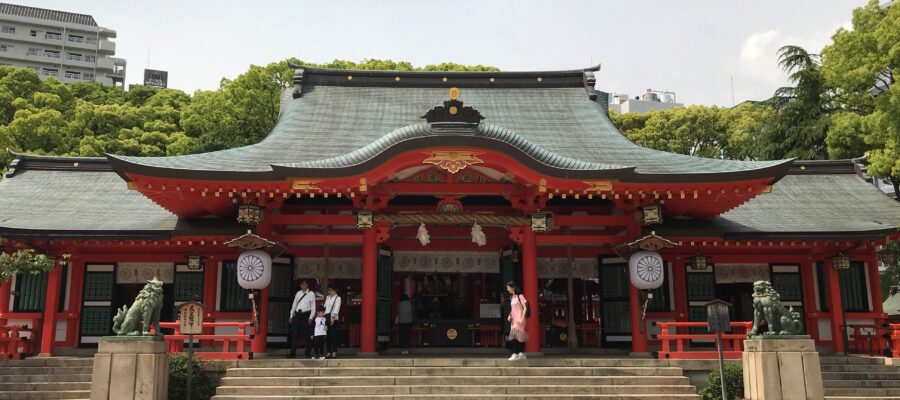三宮の繁華街にある神社
神戸の三宮中心部にあるため、アクセスが非常に良い神社です。繁華街の中に急に静けさが漂う緑豊かな世界が現れます。昔は北側に生田の森の大森林があり、源平合戦の時に平家が陣を張ったり、南北朝時代に楠木正成や足利尊氏の陣屋ともなりました。
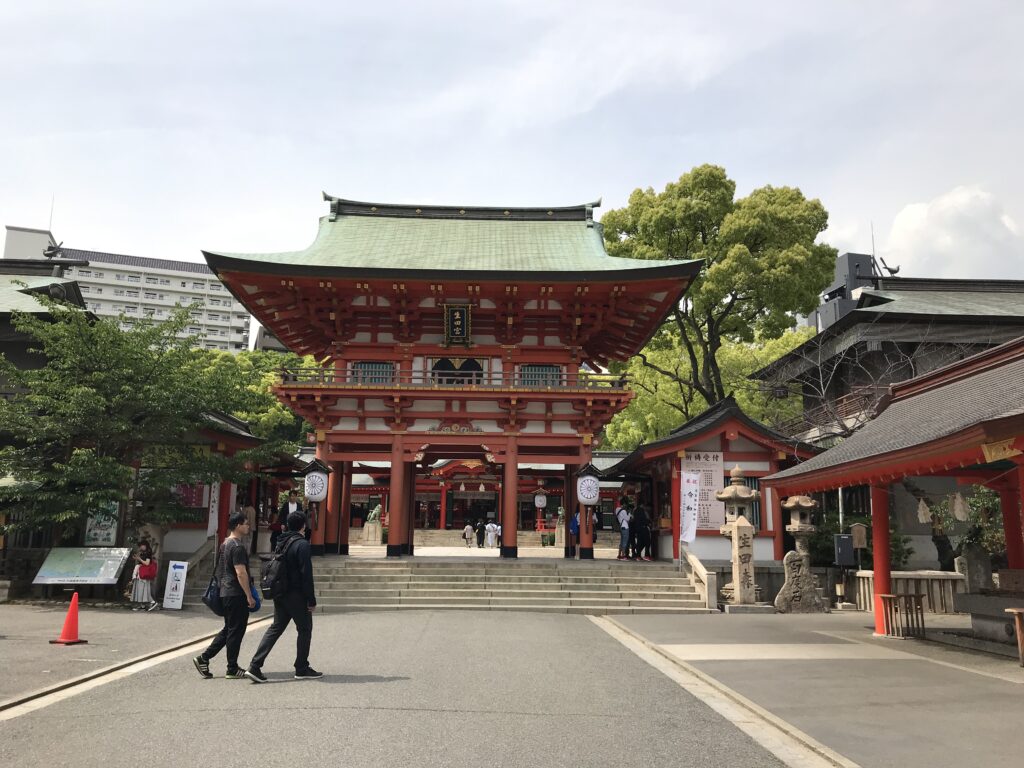
なお、この生田の森には、松は一本も植えられていません。なぜかと言うと、創建当初、生田川の上流に鎮座していましたが、799年の大洪水の際に、松樹が水害を防ぐ役割を果たさなかったため、今後は松樹を忌むようにとの神のお告げがありました。今でも、正月には門松を飾らず、杉の枝を盛り合わせた「杉盛(すぎもり)」が飾られます。
かんべ ⇒ こんべ ⇒ こうべ
神社からいただいたリーフレットによると、806年に朝廷から、この神社をお守り・お世話する家として「神戸(かんべ)44戸を賜った」とされています。この「かんべ」の名が訛り「こんべ」、そして「こうべ」になったと言われます。神戸という地名の由良は、この生田神社にありました。
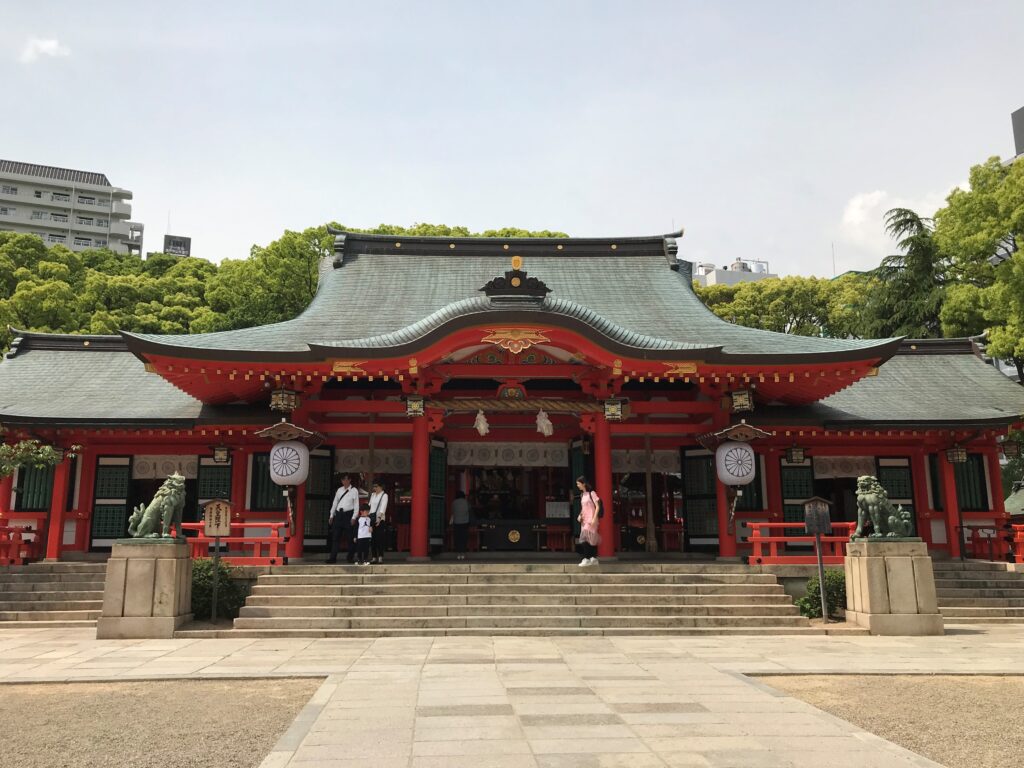
繁華街の中にあるので、若者がデートスポットとして来るのかもしれません。生田神社オリジナルの絵馬として、ハートの形をした縁結びの絵馬が販売されています。余計なお世話ですが、こういうのを書いたカップルは、不幸にして別れた場合、この絵馬をどうするのかなと、いつも考えてしまいます。神社も絵馬が沢山たまると、古いものから処分しているようですが。(完)
生田神社の御朱印
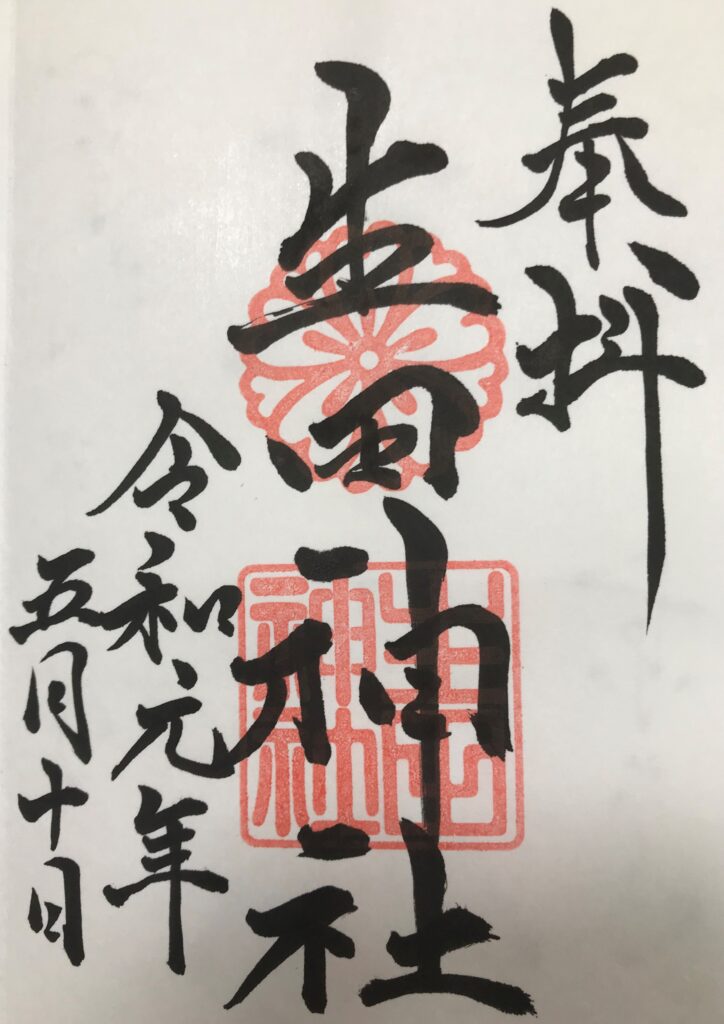
生田神社が紹介されている書籍
神仏霊場会の公式ガイドブックに生田神社が紹介されています。
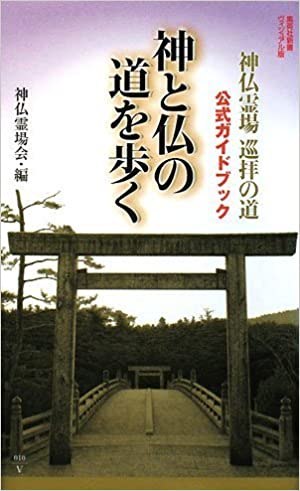
神と仏の道を歩く 神仏霊場巡拝の道公式ガイドブック (集英社新書ヴィジュアル版) [ 神仏霊場会 ]
価格:1,466円
(2021/5/6 09:24時点)
感想(5件)
Ikuta Shrine
Located in the center of Sannomiya in Kobe, this shrine is very accessible. A lush green world of tranquility suddenly appears in the midst of the downtown area. In the past, there was a large forest of Ikuta no Mori on the north side of the shrine, where the Heike clan encamped during the Genpei wars, and where Masashige Kusunoki and Takauji Ashikaga encamped during the Nanbokucho period (1600-1868).
In addition, not a single pine tree is planted in this Ikuta Forest. The reason for this is that when the shrine was first built, it was located upstream of the Ikuta River, but during the great flood of 799, the pine trees did not prevent flood damage, and the gods told the shrine to abstain from pine trees from now on. Even today, the kadomatsu (Japanese pine tree) is not displayed on New Year’s Day, but instead is decorated with “sugimori,” an arrangement of cedar branches.
According to a leaflet given to me by the shrine, in 806, the imperial court granted 44 “Kanbe” houses to protect and care for the shrine. It is said that the name “Kanbe” became “Konbe” and then “Kobe” in an accent. The origin of the name “Kobe” can be traced to this Ikuta Shrine.
Since it is located in the downtown area, young people may come here as a dating spot. As an original ema (votive tablet) of Ikuta Shrine, a heart-shaped ema (votive tablet) for marriage is available for sale. It is none of my business, but I always wonder what couples who write such an ema will do with it if they unfortunately break up. It seems that when shrines accumulate a lot of ema, they dispose of the oldest ones first. (End)
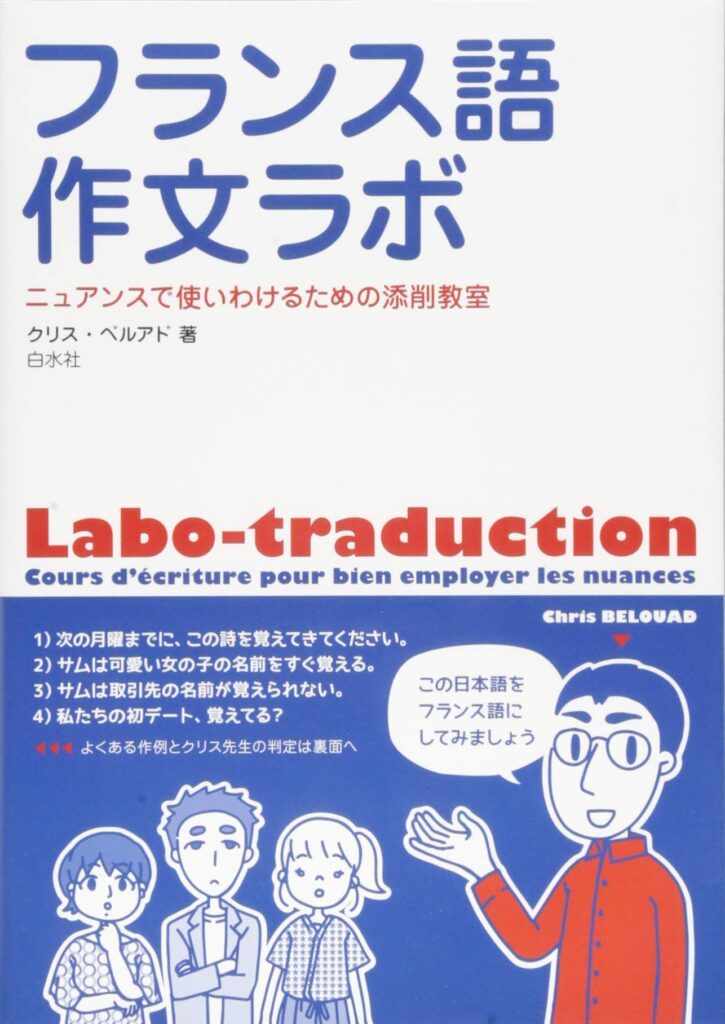
新品価格
¥2,420から
(2022/5/6 23:06時点)
Sanctuaire Ikuta
Situé dans le centre de Sannomiya à Kobe, ce sanctuaire est très accessible. Un monde vert et luxuriant de tranquillité apparaît soudainement au milieu du centre-ville. Dans le passé, il y avait une grande forêt d’Ikuta no Mori sur le côté nord du sanctuaire, où le clan Heike a campé pendant les guerres de Genpei, et où Masashige Kusunoki et Takauji Ashikaga ont campé pendant la période Nanbokucho (1600-1868).
En outre, pas un seul pin n’est planté dans cette forêt d’Ikuta. La raison en est que lorsque le sanctuaire a été construit, il était situé en amont de la rivière Ikuta, mais lors de la grande inondation de 799, les pins n’ont pas empêché les dégâts de l’inondation, et les dieux ont dit au sanctuaire de s’abstenir de planter des pins à partir de maintenant. Aujourd’hui encore, le kadomatsu (pin japonais) n’est pas exposé le jour de l’an, mais est plutôt décoré de “sugimori”, un arrangement de branches de cèdre.
Selon un dépliant que m’a remis le sanctuaire, en 806, la cour impériale a accordé 44 maisons “Kanbe” pour protéger et prendre soin du sanctuaire. On dit que le nom “Kanbe” est devenu “Konbe” puis “Kobe” avec un accent. L’origine du nom “Kobe” peut être attribuée à ce sanctuaire Ikuta.
Comme il est situé dans le centre-ville, les jeunes peuvent y venir comme lieu de rencontre. Un ema (tablette votive) original du sanctuaire d’Ikuta, un ema (tablette votive) en forme de cœur pour le mariage, est disponible à la vente. Cela ne me regarde pas, mais je me demande toujours ce que les couples qui écrivent un tel ema en feront s’ils se séparent malheureusement. Il semble que lorsque les sanctuaires accumulent beaucoup d’ema, ils se débarrassent d’abord des plus anciens. (Fin)
